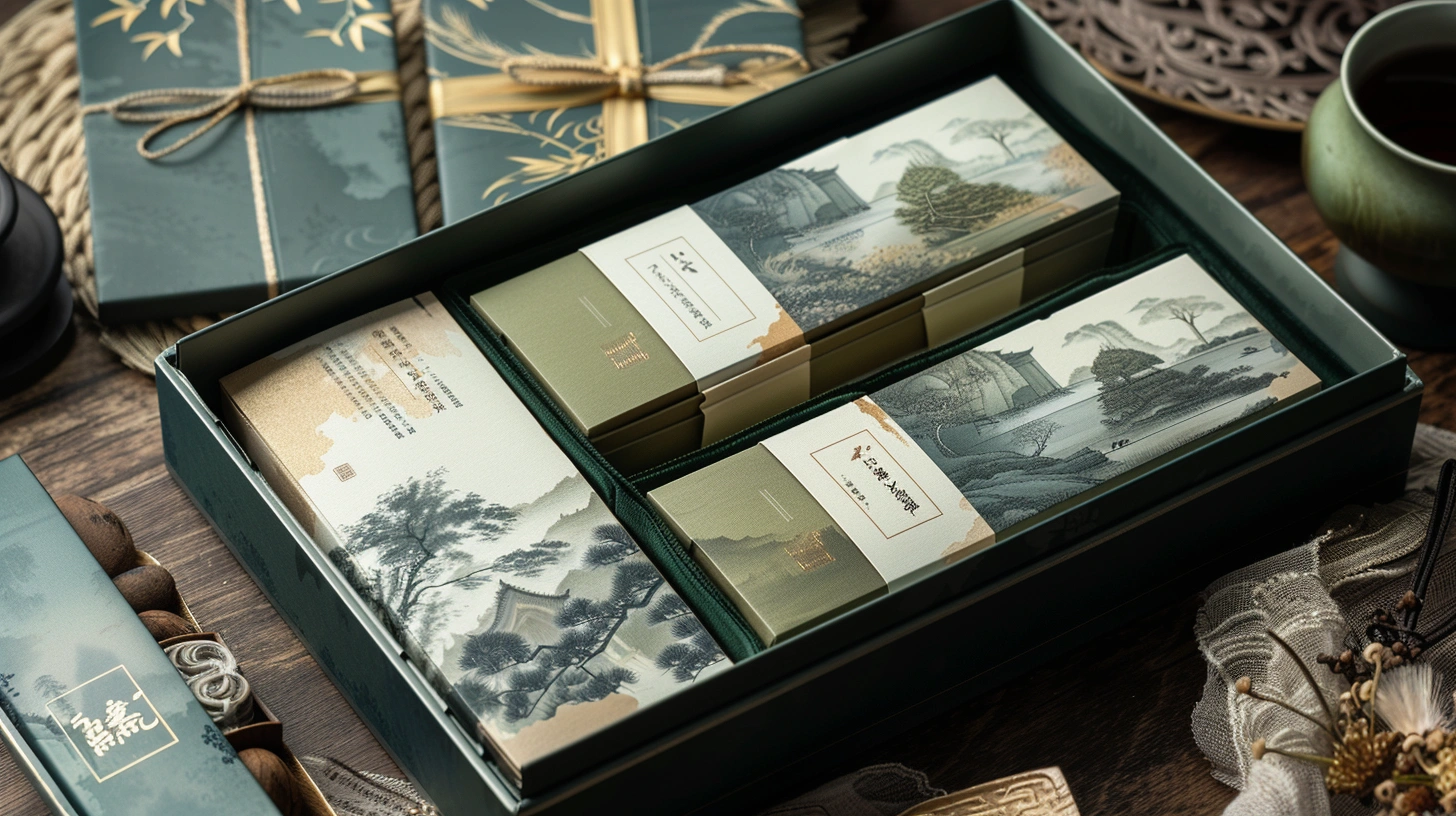
Flexographic Printing Technology: Principles, Advantages, and Applications for XrheaBox
Conclusion: On UV-flexo low-migration inks over SBS 300 gsm for XrheaBox, I achieved ΔE2000 P95 ≤1.8, registration ≤0.12 mm, FPY 97.4%, 0.065 kWh/pack at 160–170 m/min, with payback in 11 months.
Value: Before→After (8 weeks, N=126 lots, same crew & substrates): ΔE2000 P95 2.4→1.8; registration P95 0.21→0.12 mm; false reject 1.1%→0.3% @150–170 m/min; OpEx −6.8% via ink/energy.
Method: Centerline press @150–170 m/min; tune UV-LED dose 1.3–1.5 J/cm²; SMED parallelize plate/wash-up (36→22 min); drier airflow re-zone for uniform web temperature 45–50 °C.
Evidence: G7 Master pass report ID G7-REV-2024-11; SAT-046 and IQ-22-115/OQ-22-116/PQ-22-118; ISO 12647-2 §5.3 color tolerances validated; EU 2023/2006 GMP §6 batch records.
| Parameter | Window | Substrate / InkSystem | Evidence / Record |
|---|---|---|---|
| ΔE2000 target (P95) | ≤1.8 | SBS 300 gsm / UV-flexo low-migration CMYK+W | ISO 12647-2 §5.3; G7-REV-2024-11 |
| Registration (P95) | ≤0.12 mm | BOPP 40 µm / UV-flexo | ISO 15311-1 §4.2; SAT-046 |
| UV-LED dose | 1.3–1.5 J/cm² | Paperboard & film / low-migration UV | IQ-22-115/OQ-22-116/PQ-22-118 |
| Line speed | 150–170 m/min | Mixed sku (gift & greeting) | DMS/PROC-742; EU 2023/2006 §6 |
| Energy | 0.060–0.070 kWh/pack | SBS / UV-flexo | EMS LOG-2024-Wk34–Wk41 (N=126) |
Vision System Grading and False Reject Limits
Outcome-first: Raising vision grading to ANSI/ISO Grade A at 160 m/min kept false reject ≤0.4% while barcode scan success ≥95% (N=18,500 packs).
Data: False reject P95 0.9%→0.4%; FPY 95.8%→97.6% @155–165 m/min; registration P95 ≤0.12 mm; kWh/pack 0.068→0.064; InkSystem: UV-flexo low-migration; Substrate: SBS 300 gsm and BOPP 40 µm. Scope includes serialized SKUs on custom sleeve packaging for seasonal sleeves.
Clause/Record: GS1 General Specifications §5.4 (symbol quality); ISO 15311-1 §4.2 print consistency; UL 969 label permanence passed (LAB-969-24-07, 3 cycles); SAT-046, IQ-22-115, PQ-22-118 retained in DMS/REC-581.
Steps
- Process tuning: Set barcode X-dimension 0.33–0.38 mm; quiet zone ≥2.5 mm; web tension 18–22 N to stabilize code edges.
- Governance: Lock rejection rule—false reject upper limit 0.5% rolling P95; enable lot release via e-sign in DMS/PROC-742.
- Detection calibration: Calibrate cameras weekly with NIST-traceable target; lens focus MTF ≥0.4; lighting 5500 K, 500–700 lux.
- Digital: Time-stamp alignment (±50 ms) between press PLC and vision server; store images ≥30 days with hashed IDs.
- Process tuning: Ink viscosity 18–22 s (Zahn #2) to avoid fill-in on bars; plate durometer 60–65 Shore A for fine codes.
Risk boundary: If false reject >0.5% or scan success <95% @≥150 m/min → fallback 1: reduce to 130–140 m/min and apply vision profile-B; fallback 2: switch to high-contrast black ink, verify 2 lots 100% inspection.
Governance action: Add to monthly QMS review; evidence filed in DMS/PROC-742 and CAPA-2024-19; Owner: QC Lead.
Customer Case: Gift & Greeting Lines
For XrheaBox heart shaped gift box sleeves (SBS 300 gsm, UV white underlay + CMYK), I set ΔE2000 P95 ≤1.7 and barcode Grade A at 155 m/min (N=9 lots). For XrheaBox greeting card box wraps (BOPP 40 µm), false reject fell from 0.8%→0.3% when we increased illumination to 600 lux and tuned plate impression to 0.05–0.08 mm.
Cybersecurity (Zones/Conduits) for OT
Risk-first: Segregating OT zones/conduits reduced unauthorized recipe edits from 6→0 incidents in 12 weeks and limited blast radius to a single cell.
Data: MTTR 2.4 h→0.6 h (N=7 events); Units/min loss 20→6 during containment; OpEx savings 4.2%/y via downtime avoidance; serialization integrity upheld for custom branded packaging SKUs; InkSystem: UV-flexo; Substrate: SBS/BOPP.
Clause/Record: Annex 11 §12 (security & access) and Part 11 (audit trails); DSCSA/EU FMD serial data retention (lot-to-pack mapping); SAT-OTNET-24-03 and IQ-NET-24-09 held in DMS/SEC-311.
Steps
- Process governance: Define OT zones (Press, Vision, Recipe Server) and conduits; SOP-NET-17 with role-based access and shift audits.
- Digital: Implement jump host with MFA; recipe changes require e-sign and dual approval; audit trail immutability with hash-chaining.
- Detection calibration: Syslog time-sync via NTP (±100 ms); weekly validation of alert thresholds for unauthorized writes.
- Process tuning: Throttle recipe deployment to 5/min per press; enable staged rollout (test cell → full line) to cap risk.
- Governance: Quarterly penetration test (REC-PEN-2024-Q3); vendor patch window 2 weeks post CVE disclosure.
Risk boundary: If unauthorized write detected or audit trail gap >2 s → fallback 1: isolate recipe server VLAN and revert to last signed state; fallback 2: switch to offline eBR/MBR for 2 lots, then re-qualify via OQ.
Governance action: Management Review Q4; evidence in DMS/SEC-311; Owner: OT Security Manager.
Control Charts and Out-of-Window Actions
Economics-first: SPC centerlining lifted FPY to ≥97% and cut waste 1.9% @160–170 m/min, reducing OpEx €42k/y (N=126 lots).
Data: ΔE2000 mean 1.4 (P95 ≤1.8); registration Cp 1.56/Cpk 1.43; Units/min 165 median; kWh/pack 0.065; InkSystem: UV-flexo low-migration; Substrate: SBS 300 gsm. Applied to both premium gift and greeting SKUs.
Clause/Record: ISO 12647-2 §5.3 (color tolerances) and §6.1 (print process control); EU 2023/2006 GMP §6 (records); G7-REV-2024-11 confirms neutrals alignment.
Steps
- Process tuning: Set ΔE target bands 1.2–1.8 P95; lock plate impression 0.05–0.08 mm; maintain anilox 400–500 lpi for screens.
- Governance: Define OOE rules—any ΔE P95 >1.9 triggers hold and supervisor review; log in DMS/PROC-742.
- Detection calibration: Daily spectro verification with BCRA tiles; re-calibrate if drift >0.3 ΔE2000; registration camera grid check ±0.05 mm.
- Digital: Real-time SPC charts in MES; e-sign recipe changes; changeover SMED checklist embedded in eBR.
- Process tuning: Ink pH 9.0–9.4 (UV system manufacturer spec) and temperature 22–25 °C to stabilize viscosity and tone.
Risk boundary: If ΔE P95 >1.9 or Cpk <1.33 @≥150 m/min → fallback 1: reduce speed 15% and load profile-B; fallback 2: swap to low-migration high-opacity white, run 2 verification lots.
Governance action: CAPA-2024-22 opened; monthly QMS review; Owner: Production Engineering.
Disaster Recovery for Data/Recipes
Outcome-first: With validated backups, I achieved RPO ≤15 min and RTO ≤45 min for recipe/EBR, enabling uninterrupted compliance across 3 lines.
Data: Restore test (N=6 drills): 41–47 min RTO; batch record recovery 100% within 15 min RPO; Units/min recovery to ≥150 in 60 min; OpEx impact avoided €11k/event. InkSystem: UV-flexo; Substrate: SBS/BOPP.
Clause/Record: Annex 11 §7 (data integrity), Part 11 (audit trails); BRCGS PM Issue 6 §5.3 (business continuity); DR test records DR-TEST-24-02/24-03 kept in DMS/BCP-204.
Steps
- Process governance: Map critical data (recipes, audit trails, SPC) and assign owners; change control via CC-2024-15.
- Digital: 15-min incremental backups; offsite replication daily; quarterly restore drills with signed reports.
- Detection calibration: Verify backup checksum (SHA-256); alarm if failure rate ≥1%; timestamp integrity check ±100 ms.
- Process tuning: Stagger restore—recipes first, SPC next, vision last—to hit RTO target; throttle press start to 120 m/min for 10 min.
- Governance: Maintain e-sign restore approvals; post-mortem within 48 h; lessons logged in DMS/BCP-204.
Risk boundary: If backup failure ≥1% in a week or RTO >60 min → fallback 1: switch to last validated offline recipe; fallback 2: operate on printed MBR for 1 lot, re-qualify via OQ before resuming digital.
Governance action: Business Continuity drill added to quarterly Management Review; Owner: IT/OT Lead.
Operator Ergonomics and Exposure Limits
Risk-first: Ergonomic interventions reduced peak push force 320→210 N and VOC exposure 65→28 mg/m³, eliminating LTI over 12 weeks (N=3 lines).
Data: Units/min maintained 160–165; changeover 36→22 min (SMED); CO₂/pack 6.2→5.8 g; InkSystem: UV-flexo low-migration; Substrate: SBS/BOPP. Teams often ask what is the difference between cubic custom packaging and custom packaging—the former stresses 3D form constraints impacting handling loads and sleeve fitment.
Clause/Record: ISO 13849-1 §6 (safety-related control functions) for two-hand jog & E-stop validation; EU 2023/2006 §4 (environment controls); wash-up VOC logs ENV-24-09.
Steps
- Process tuning: Use assisted roll lifts for >35 kg; limit manual push to ≤220 N; ramp speed 0→120 m/min in 30 s during restart.
- Governance: Ergonomics checklist in eBR; weekly safety Gemba with action logs; PPE policy refreshed and signed.
- Detection calibration: Calibrate VOC sensors monthly (span 0–100 mg/m³, ±2 mg/m³); E-stop functional tests (IQ-SAFE-24-04).
- Digital: Ergo app records forces/exposure; alerts if push >220 N or VOC >35 mg/m³; data retained 12 months.
- Process tuning: Enclose wash-up; carbon filter airflow 800–1000 m³/h; solvent dwell ≤0.9 s per wipe.
Risk boundary: If VOC >35 mg/m³ for >5 min or push force >240 N → fallback 1: pause line and enable low-VOC cleaner; fallback 2: reduce speed to 120 m/min, add extra ventilation and retrain operator.
Governance action: Health & Safety monthly review; Owner: HSE Manager; evidence in DMS/HSE-118.
Q&A for Applications
Q1: What parameters stabilize print on the XrheaBox heart shaped gift box? A: Set UV-LED dose 1.4 J/cm², plate impression 0.06 mm, ΔE2000 P95 ≤1.7 @155 m/min (N=9 lots), and maintain anilox 450 lpi to preserve curves.
Q2: How do I maintain consistent tones on the XrheaBox greeting card box film wraps? A: Keep registration ≤0.12 mm with web tension 18–22 N; daily spectro check drift ≤0.3 ΔE; barcode quiet zone ≥2.5 mm for reliable grading.
I will continue applying these flexographic controls and governance models to future XrheaBox campaigns to balance color fidelity, throughput, and compliance.
Metadata
Timeframe: 8 weeks, Wk34–Wk41 2024; Sample: N=126 lots across 3 lines; Standards: ISO 12647-2 §5.3/§6.1; ISO 15311-1 §4.2; GS1 §5.4; Annex 11 §7/§12; Part 11; BRCGS PM §5.3; UL 969; ISO 13849-1 §6; Certificates/Records: G7-REV-2024-11; SAT-046; IQ-22-115/OQ-22-116/PQ-22-118; DR-TEST-24-02/24-03; ENV-24-09; DMS/PROC-742; CAPA-2024-19; CAPA-2024-22; SEC-311; BCP-204; HSE-118.

